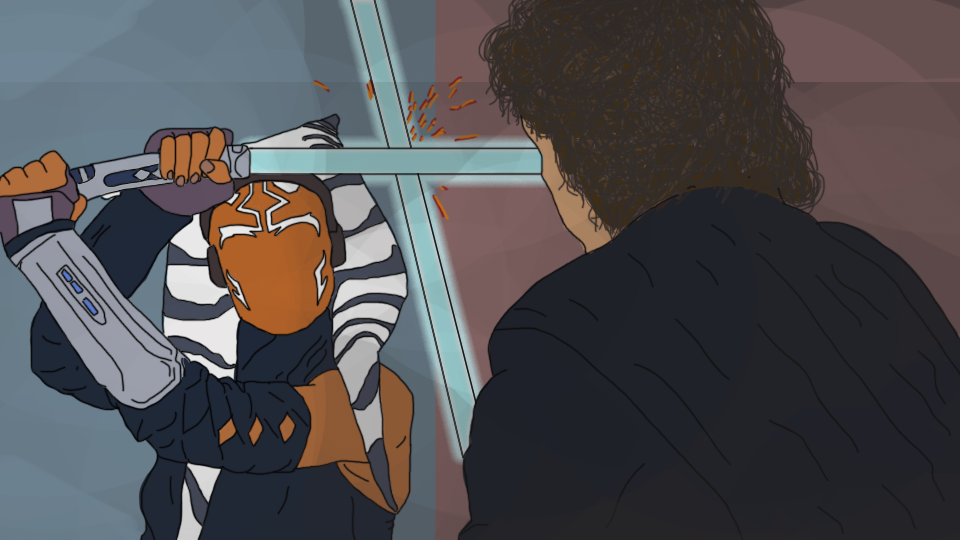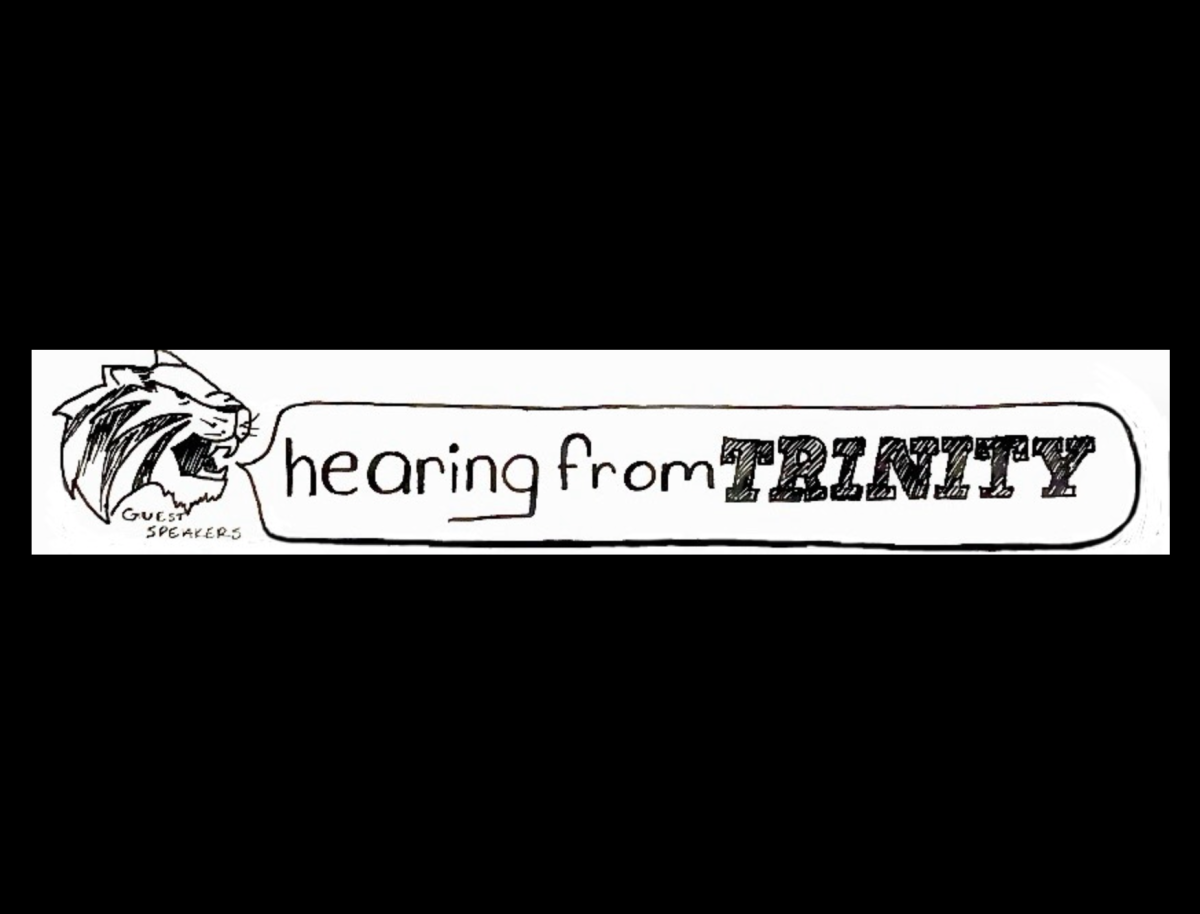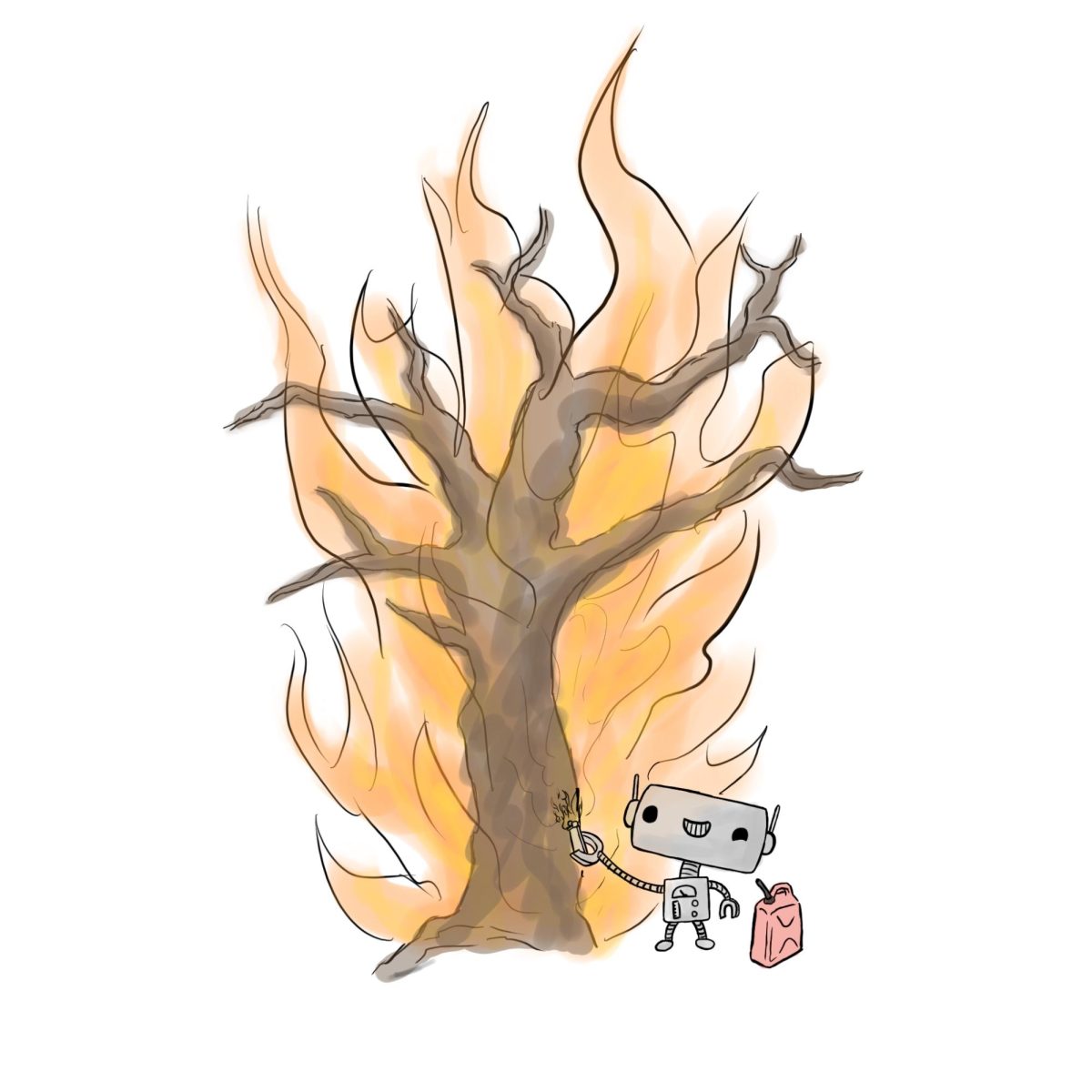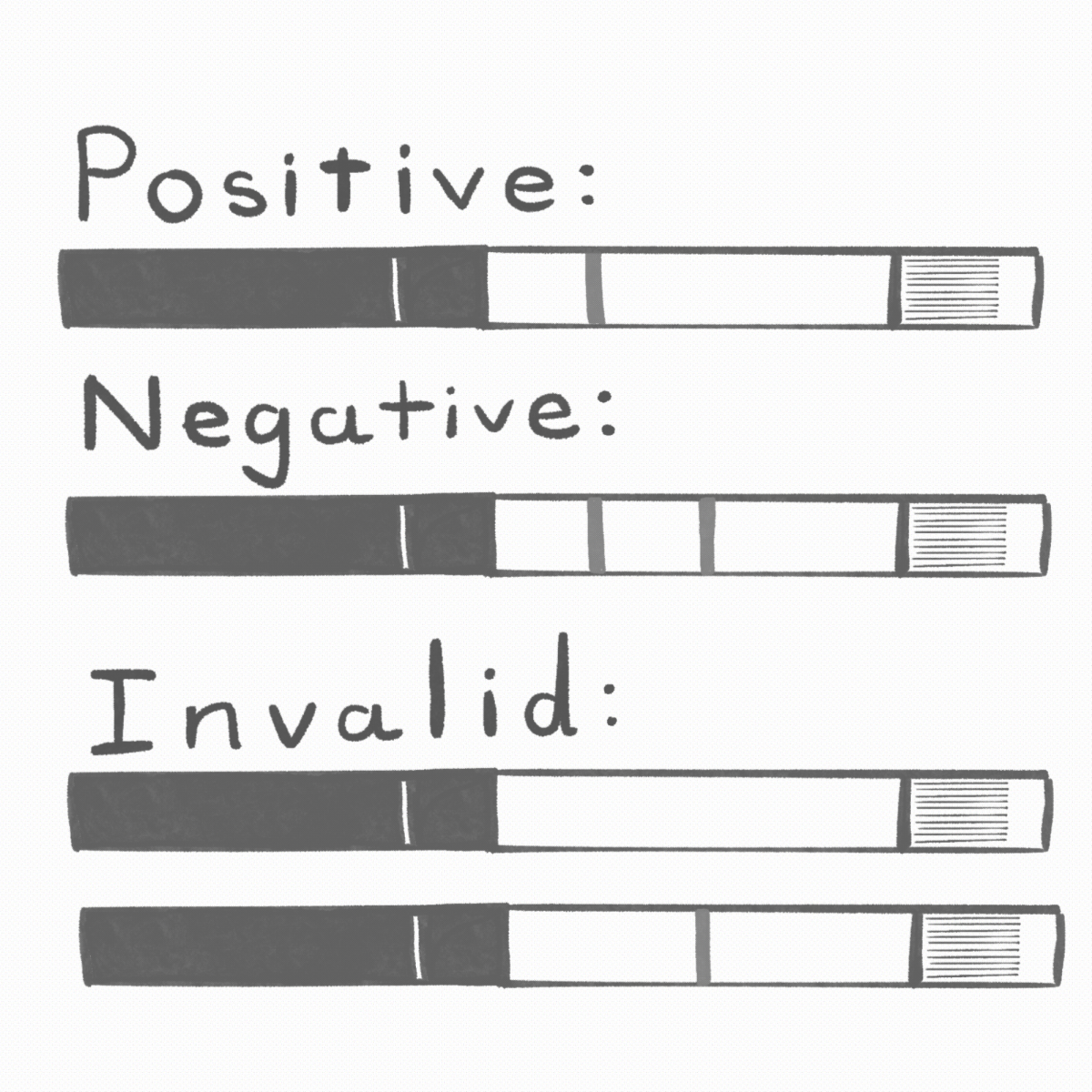There’s no question that “Star Wars” is an extensive franchise. Since the release of “A New Hope” in 1977, eight other movies have rounded out the Skywalker Saga, not including anthology films like “Rogue One” and “Solo.” The lesser-known animated TV shows like “Clone Wars” and “Rebels” further develop the gaps between movies, introducing new characters that have become pivotal in the transition to live-action television. The latest in these series is “Ahsoka,” which serves as the continuation of the titular character’s story from “Clone Wars” and features the live-action debut of beloved characters from “Rebels.”
First introduced in the animated movie “Star Wars: The Clone Wars” (not to be confused with the series of the same name), “Star Wars” established Ahsoka Tano as the padawan of Anakin Skywalker, the Jedi who would go on to become the fearsome Darth Vader. Having been trained by him, she herself is an unconventional Jedi, a theme heavily explored by any series she appears in. Beloved by fans for her comprehensive character development over the years, her series follows an exploration of the galaxy’s unknowns, answering old questions and prompting many new ones.
“Ahsoka” is significant for many reasons. There is, of course, incentive for fans of “Rebels” and other past spin-offs to watch in order to witness what their favorite characters have been up to in the “Star Wars” universe since we saw them last. The inclusion of characters like Hera Syndulla and Sabine Wren provides a sense of familiarity, even as we see them in a new medium and era.
Clearly a show made for the fans, “Ahsoka” includes countless references and parallels to previous “Star Wars” media, making it a treat to watch if you’re anything like me and know way too much about it. While I’d say “Ahsoka” doesn’t require too much prior knowledge of its numerous preceding series, familiarity with the characters and their pasts certainly makes the experience more captivating. This may be a double-edged sword though — Ahsoka herself is a historied character despite not existing until 2008, which means there is a lot of catching up to do outside of the mainstream movies.
I’ve found that most people are hesitant to consume (at least) eleven movies, five series and a few books to fully understand the implications of the tiniest details within franchise spin-offs, and I can’t fault them for that. “Ahsoka” does a decent job of grounding watchers in the greater context of “Star Wars,” and it also introduces new characters you don’t need to know going into it, making it accessible for most willing to watch it. You might just miss out on the smaller references.
For me personally, “Ahsoka” is more than just the next chapter in her story. The show examines the complexities of relationships left without closure and how we tend to dwell in the past to the potential detriment of our futures. Ahsoka’s distinction as the former apprentice of Darth Vader fuels her hesitancy to continue her own legacy, which also leaves the question of what her legacy will come to be in the franchise.
What has really made “Ahsoka” stand out from its other live-action counterparts is its willingness to explore the mystical side of “Star Wars.” Instead of the shootouts and gunfights of “The Mandalorian” or the politics of “Andor,” “Ahsoka” takes the power of the Force and runs with it across galaxies. That’s right — “Ahsoka” confirms the existence of a whole other galaxy outside of what we know exists in “Star Wars,” opening up countless possibilities for future developments in the franchise.
Without divulging any spoilers, this new galaxy, or what’s been shown of it so far, is closely linked with pre-established lore and could have major implications for both the universe and the franchise itself. Ahsoka thus becomes the perfect character to center this discovery around due to her unorthodox Jedi background, setting the stage for a major reliance on her as we delve into this new galaxy and all its intricacies.








